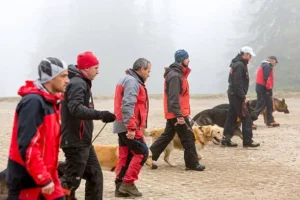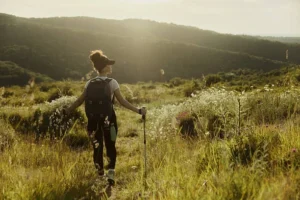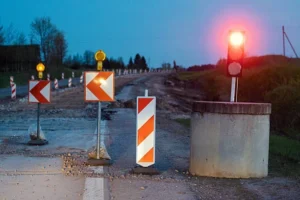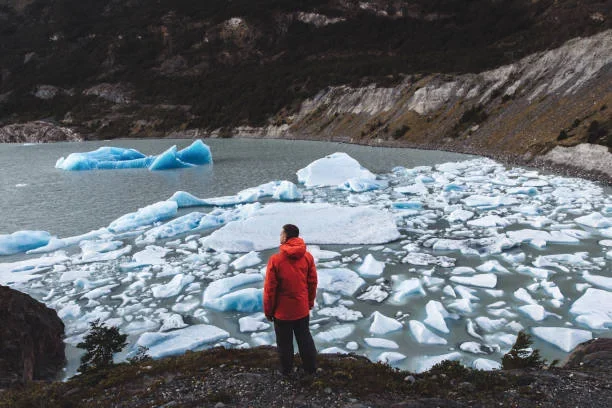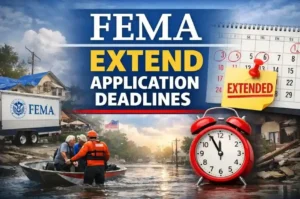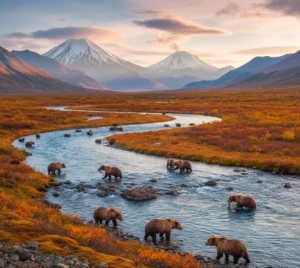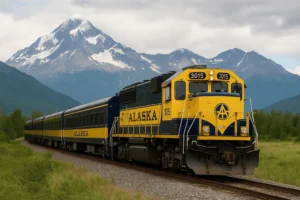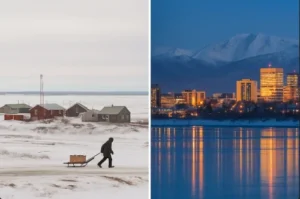Alaska, long known for its stunning landscapes and adventurous outdoor sports, is facing significant changes due to climate change. From world-class skiing and snowboarding to dog sledding and kayaking, the state has long been a haven for outdoor enthusiasts. However, with rising temperatures, shrinking snowpacks, and unpredictable weather patterns, the outdoor sports scene is transforming. This article delves into how climate change is impacting outdoor sports in Alaska, using key statistics and facts to illustrate the ongoing changes.
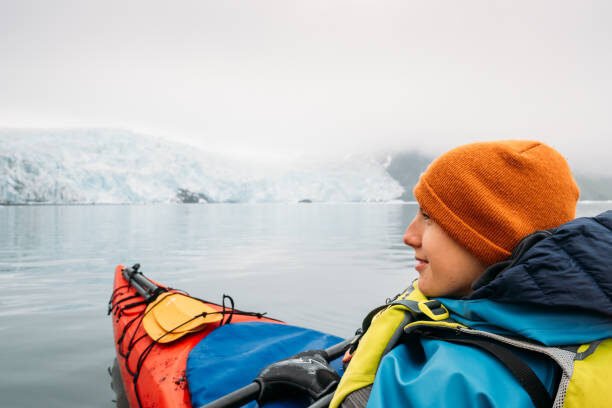
Alaska’s Warming Trend: A Closer Look at the Numbers
Alaska is warming at an alarming rate, two to three times faster than the global average. According to the National Oceanic and Atmospheric Administration (NOAA), Alaska’s average annual temperature has risen by about 6.3°F (3.5°C) in the last 50 years. This rapid warming is causing dramatic shifts in weather patterns, directly affecting outdoor activities that depend on stable weather and environmental conditions.
Here’s a comparison of temperature rise in Alaska vs. the global average in 50 years:
The stark contrast between the local and global temperature increases shows how much more rapidly Alaska is warming, signaling urgent changes in its environment.
Shorter Snow Seasons: The Struggles of Winter Sports
Alaska’s winter sports industry, especially skiing, snowboarding, and snowshoeing, is facing significant challenges as snow seasons shorten. A report from the University of Alaska Fairbanks reveals that snow coverage in Alaska has decreased by 13% over the last 30 years. Ski resorts are already experiencing shorter seasons and reduced snow depths.
Key Stats on Snowfall Decline:
- Decline in Snow Days: In Anchorage, the number of snow days has dropped from an average of 72 days per year in the 1970s to 55 days in the 2020s.
- Ski Resort Impact: Alyeska Resort, one of Alaska’s largest ski resorts, reported a 25% reduction in snow depth over the last decade. The skiing industry is hit financially due to Climate Change.
Table: Snowfall Decline in Key Alaskan Locations
Location | Average Snow Days (1970s) | Average Snow Days (2020s) | Snowfall Decline (%) |
Anchorage | 72 | 55 | 23% |
Fairbanks | 80 | 63 | 21% |
Alyeska Resort | N/A | 25% reduction in snow depth | 25% |
This reduction in snow days and snow depth is disrupting the reliability of outdoor winter sports, creating a ripple effect on the local economy that depends heavily on tourism and winter activities.
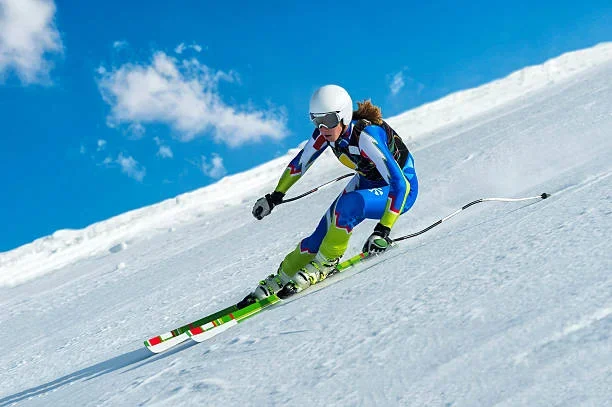
The Iditarod: A Changing Tradition
The Iditarod Trail Sled Dog Race, one of Alaska’s most iconic events, has already felt the impact of changing snow conditions. Due to the warmer temperatures, the race has had to adjust its route several times in recent years. In 2015, the race started in Fairbanks instead of the usual starting point of Willow, marking only the second time in its history that such a change occurred.
Year | Iditarod Start Location | Reason for Change |
2015 | Fairbanks | Lack of snow in Willow |
2020 | Anchorage | Warm temperatures and a lack of snow |
These changes reflect the growing concern that traditional winter sports events in Alaska may need to adapt or risk becoming unfeasible.
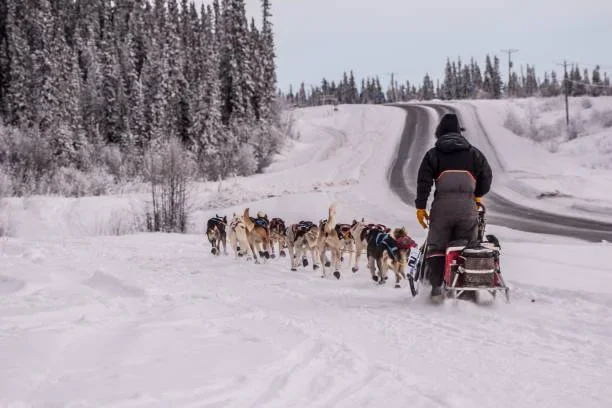
Summer Sports: A New Reality
While winter sports face challenges, summer activities are also feeling the effects of climate change. Alaska’s landscape is changing rapidly, with glaciers retreating and permafrost thawing. 13% of Alaska’s glaciers have shrunk in the past 50 years, altering trails and waterways.
Changing Trails and River Flows
Hiking and mountain biking trails are being washed out or becoming impassable due to the thawing permafrost, leading to more frequent landslides. River flows are also changing, affecting kayaking and rafting activities. For instance, the Kuskokwim River in southwestern Alaska has seen its water levels fluctuate by up to 50% in recent years, making certain waterways too dangerous for kayaking.
River | Water Flow Change (%) | Impact on Activities |
Kuskokwim River | 50% | Reduced safety for kayaking |
Yukon River | 30% | Affecting fishing and rafting |
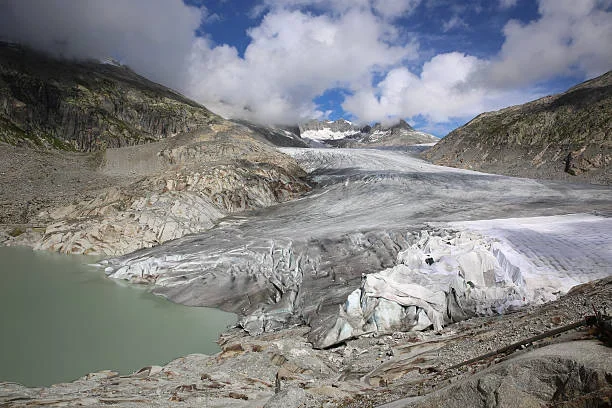
Economic Impact: The Cost of Changing Seasons
The economic impact of climate change on outdoor sports in Alaska is significant. The Alaska Department of Labor estimates that the winter sports industry alone contributes nearly $1 billion annually to the state’s economy. However, with reduced snow seasons and warmer temperatures, businesses that rely on winter tourism, like ski resorts and dog sled tours, are starting to feel the pinch.
Sector | Estimated Revenue Loss (annually) | Key Affected Areas |
Winter Sports | $500 million | Ski resorts, snowmobiling, dog sledding |
Fishing and Hunting | $300 million | Impacted by changing wildlife patterns |
For example, Alyeska Resort reported a 20% decrease in revenue due to the reduced length of the ski season, while dog sled tours have also seen cancellations as snow conditions become less reliable.
Traditional Practices Under Threat
For Alaska’s Indigenous communities, outdoor sports and practices like hunting and ice fishing are more than recreation, they are crucial for survival and cultural preservation. Climate change is making these activities increasingly dangerous. Thin ice and unpredictable weather are putting these traditions at risk, threatening food security for many.
Activity | Impact of Climate Change | Cultural Significance |
Ice Fishing | Dangerous ice conditions due to thawing | The primary food source for communities |
Hunting | Shifting migration patterns of wildlife | Essential for subsistence and cultural practices |
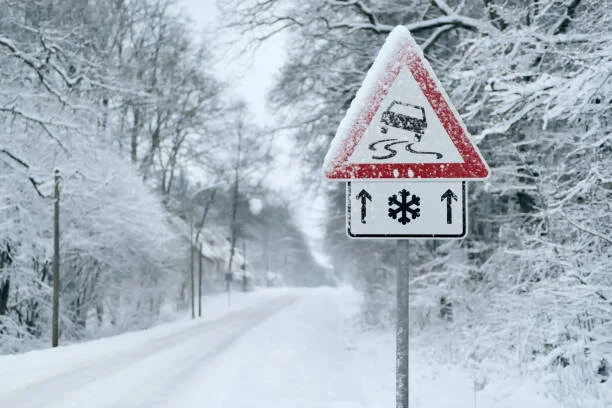
Adaptation Strategies
While the challenges are real, Alaskans are known for their resilience. Efforts to adapt to the changing climate are already underway. Communities are reinforcing infrastructure like hiking trails, bridges, and ski resorts to withstand the impacts of thawing permafrost and unstable weather conditions. Additionally, the state is increasing research efforts to monitor environmental changes and support outdoor sports industries in adapting to new conditions.
Proactive Measures:
- Reinforced Trails and Resorts: Ski resorts and hiking trails are being modified to handle warmer temperatures and reduced snow coverage.
- Wildlife Monitoring: Programs are being developed to track and adjust to wildlife migration patterns.
- Economic Diversification: Communities are being encouraged to diversify their tourism offerings to mitigate the economic impact of declining snow sports.
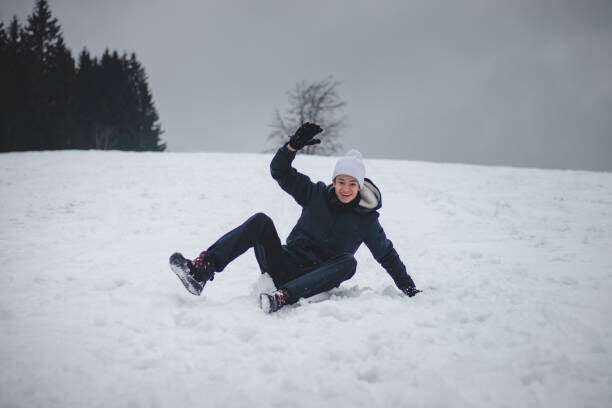
Conclusion: Navigating the Future of Outdoor Sports in Alaska
The landscape of Alaska’s outdoor sports scene is undeniably changing due to climate change. From shorter winters and less snow to shifting wildlife patterns and unpredictable terrain, Alaskans are facing new challenges. However, through innovation, resilience, and strategic adaptation, Alaska’s outdoor sports can continue to thrive, ensuring that future generations will still experience the beauty and adventure that the state has to offer.

